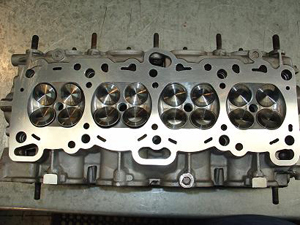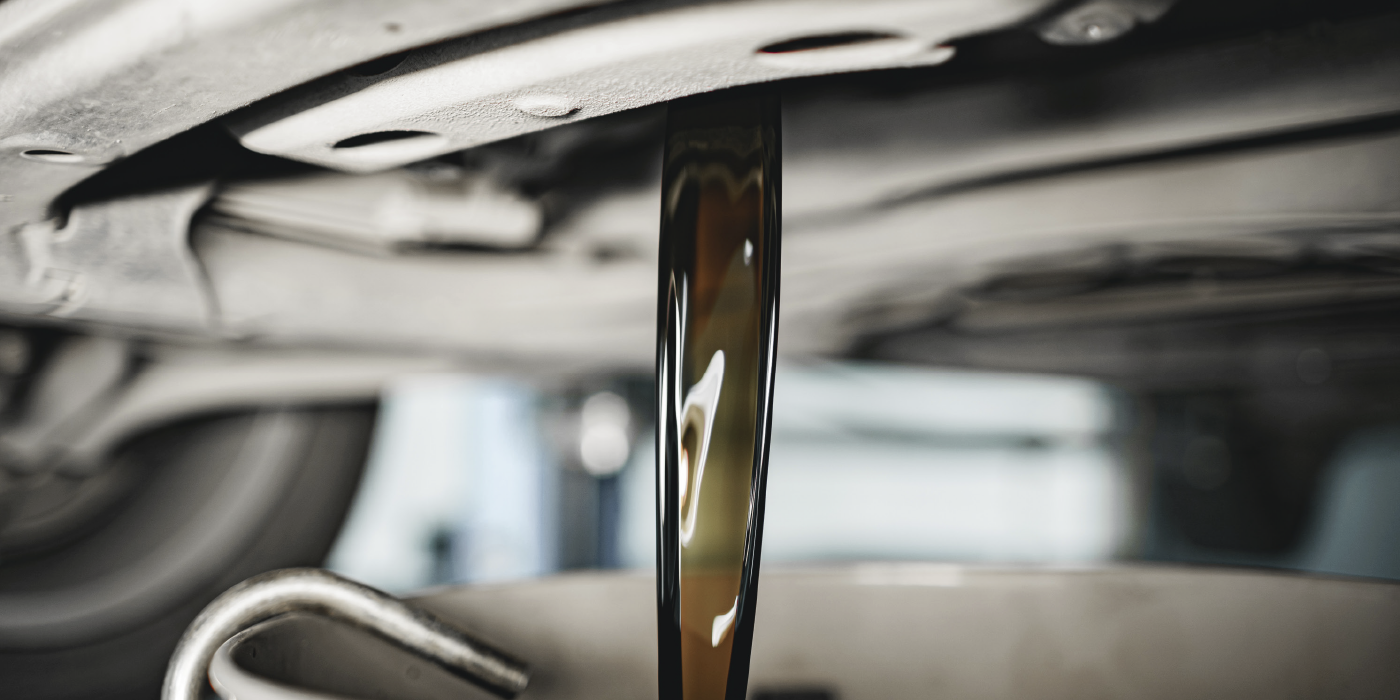 Dress and true the wheel
Dress and true the wheel
Always dress and true the resurfacer wheel face to keep it in proper grinding condition. Never dress or true a wheel above the wheel center line. In addition, always dress or true the wheel as close as possible to the point of actual grinding. Since the grinding wheel usually wears most often on the edges, start truing at the center of the wheel face to prevent excessive penetration and consequent damage to the diamond tool. Diamond tool holders and mechanical wheel dressers should be clamped securely to the table and well supported to eliminate vibration, which could cause knicks on the grinding wheel. In precision grinding, the better the truing or the dressing, the better the finish will be.
Use the proper wheel speed
Wheel speed can affect the wheel and surface finish of the workpiece. To obtain a good finish, use light cuts and a slow table traverse; both in wheel truing and in the final grinding operation.
Use grinding fluid
Grinding fluid is important for good grinding operation. Use a generous flow of fluid at the point of contact between wheel and workpiece. Always turn on the fluid flow and start work rotation before starting to grind. Keep fluid clean! Dirty grinding fluid is the enemy of good workpiece finishing. To prevent cracks in hardened steel, use a free cutting grinding wheel with a generous flow of fluid.
Select a top-quality grinding wheel
For our complete selection of resurfacer wheels, wheel segments and their applications, visit your tooling supplier.
Tech Tip courtesy of Goodson Tools.













